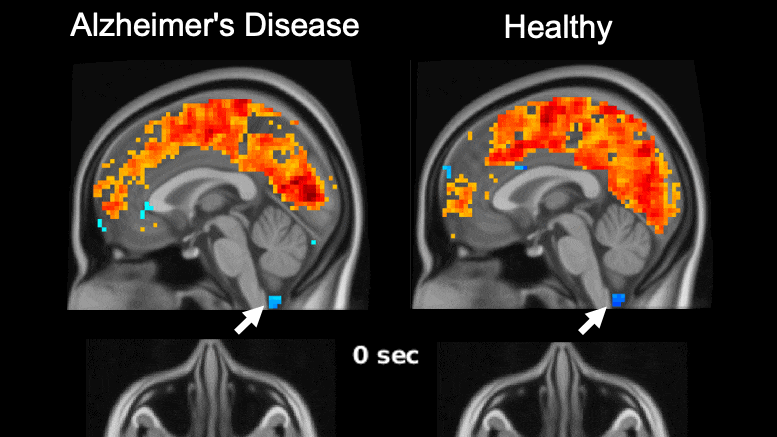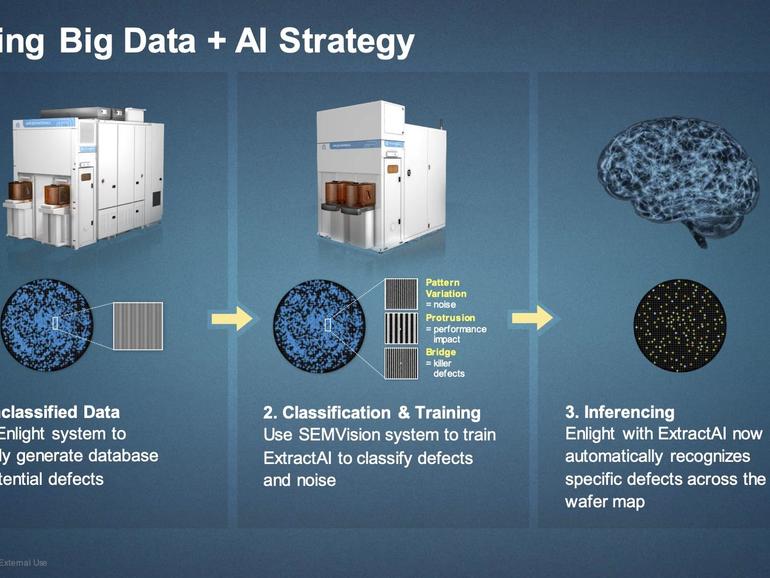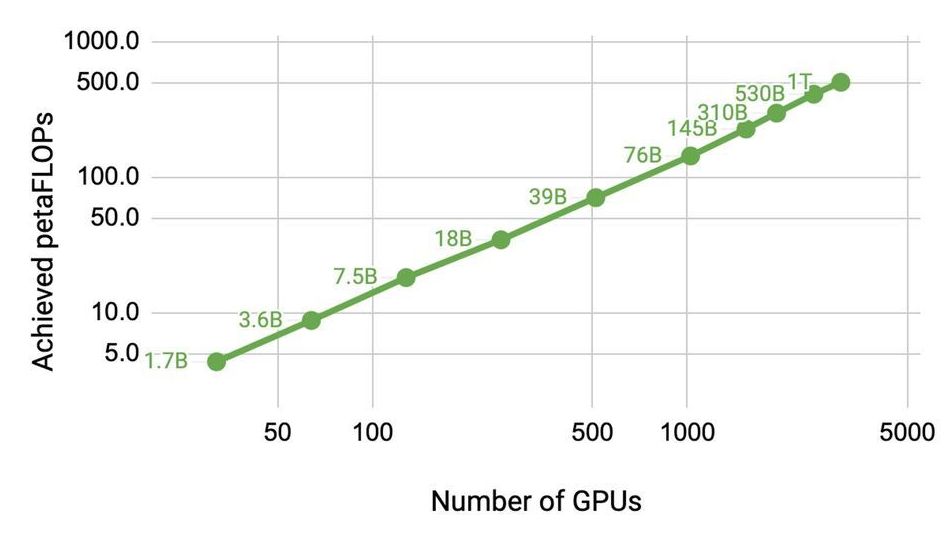Spoiler alert: some aren’t making it back alive.
The 22nd SpaceX cargo resupply mission will carry 5000 tardigrades and 128 symbiotic squid to the ISS to study the effect of space travel on the human body.

… A possible new way of saving lives.
It turns out mammals can absorb oxygen through their intestines. Can this provide an alternative to a respirator?
😃
To discover more about Nature’s Fynd, visit https://naturesfynd.com. To learn about their remarkable nutritional fungi protein and fermentation process, visit https://www.youtube.com/watch?v=sodONlWRiE0.
Scientists have known for some time that certain animals can breathe using their butts, but now, researchers have determined that certain mammals can too! And in very much other news, researchers in Washington state have developed a new method for turning waste plastics into something useful!

Elevate your enterprise data technology and strategy at Transform 2021. One of the biggest highlights of Build, Microsoft’s annual software development conference, was the presentation of a tool that uses deep learning to generate source code for office applications. The tool uses GPT-3, a massive language model developed by OpenAI last year and made available to select […].

Global brain activity seen on fMRI, and its connection with cerebrospinal fluid flow weaker in brains of individuals with Alzheimer’s disease risk or related toxin buildup.
Evidence of sleep-dependent low-frequency (0.1 Hz) global brain activity in the clearance of Alzheimer’s disease-related toxin buildup is presented in research published today (June 1, 2021) in the open access journal PLOS Biology by Xiao Liu and colleagues at The Pennsylvania State University. This neuronal activity was more strongly linked with cerebrospinal fluid flow in healthy controls than higher risk groups and patients, and the findings could serve as a potential imaging marker for clinicians in evaluating patients.
The development of Alzheimer’s disease is believed to be driven by the buildup of the toxic proteins amyloid-β and tau in the brain. The brain’s glymphatic system plays a crucial role in clearing these toxins and previous work has shown a possible relationship between sleep-dependent global brain activity and the glymphatic system by showing this activity is coupled by cerebrospinal fluid flow essential for the glymphatic system.

I believe I posted about Nitric Oxide as treatment for covid19 ages ago. Apparently I was right. It also works under the UK variant, thus showing it can work under others as well.
Results of clinical trials conducted in the United Kingdom have shown that a nitric oxide nasal spray (NONS, SaNOtize) is both a safe and effective antiviral treatment to prevent COVID-19 transmission and symptom duration, as well as reduce symptom severity and damage in those already infected, according to the study authors.
“NONS destroys the virus, blocks entry into and halts viral replication within the nasal cavity, which rapidly reduces viral load. This is significant because viral load has been linked to infectivity and poor outcomes,” said Chris Miller, PhD, RT, chief science officer and co-founder of SaNOtize, in a press release. “There is currently a lack of an antiviral therapy that is effective against COVID-19 and its variants, can prevent or shorten the course of the disease, reduce damage, lower the severity of COVID-19, and can be made widely and readily available to the public.”
Results of clinical trials have shown that a nitric oxide nasal spray is both a safe and effective antiviral treatment to prevent COVID-19 transmission and symptom duration, as well as reduce symptom severity and damage in those already infected.

Enlight uses light polarization to maximize resolution and to find critical defects in half the time of the typical optical scanner. The scanner for the first time will capture both direct light bouncing off the wafer surface, and scattered light, known as “brightfield” and “greyfield,” respectively. That’s like scanning two things in one pass, cutting in half the time required.

Natural Language Processing (NLP) has seen rapid progress in recent years as computation at scale has become more available and datasets have become larger. At the same time, recent work has shown large language models to be effective few-shot learners, with high accuracy on many NLP datasets without additional finetuning. As a result, state-of-the-art NLP models have grown at an exponential rate (Figure 1). Training such models, however, is challenging for two reasons:

Unlike in other years, this year’s Microsoft Build developer conference is not packed with huge surprises — but there’s one announcement that will surely make developers’ ears perk up: The company is now using OpenAI’s massive GPT-3 natural language model in its no-code/low-code Power Apps service to translate spoken text into code in its recently announced Power Fx language.
Now don’t get carried away. You’re not going to develop the next TikTok while only using natural language. Instead, what Microsoft is doing here is taking some of the low-code aspects of a tool like Power Apps and using AI to essentially turn those into no-code experiences, too. For now, the focus here is on Power Apps formulas, which despite the low-code nature of the service, is something you’ll have to write sooner or later if you want to build an app of any sophistication.
“Using an advanced AI model like this can help our low-code tools become even more widely available to an even bigger audience by truly becoming what we call no code,” said Charles Lamanna, corporate vice president for Microsoft’s low-code application platform.

